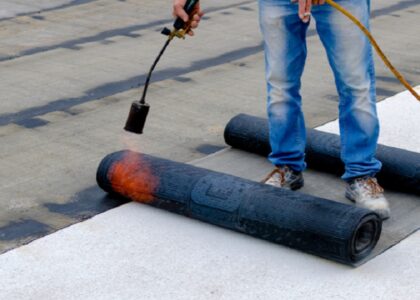Back pain is one of the most common ailments affecting millions worldwide. Innovations in medical technology have significantly improved the way healthcare professionals approach treatment. Among these advancements, spinal machines have emerged as groundbreaking tools for effectively addressing chronic and acute back pain. These machines are revolutionizing traditional methods, offering patients noninvasive and efficient solutions for relief.
The Rise of Spinal Machines in Modern Medicine
Spinal machines are designed to target specific areas of the spine to alleviate pain, improve mobility, and enhance overall quality of life. By employing advanced mechanisms like decompression therapy, these machines help reduce pressure on the spinal discs, providing relief from conditions like herniated discs, sciatica, and degenerative disc disease.
How Do Spinal Machines Work?
Spinal machines use controlled forces to stretch and decompress the spine gently. This process creates negative pressure within the spinal discs, which promotes rehydration and encourages the natural healing process. Additionally, decompression reduces nerve compression, a common cause of radiating pain in the back, legs, and neck.
For a deeper dive into the mechanics and efficiency of decompression therapy, you can explore how spinal decompression machines can help reduce patient wait times.
Benefits of Spinal Machines in Treating Back Pain
The introduction of spinal machines has opened up a world of possibilities for both patients and practitioners.
Non-Invasive Treatment
Unlike surgical procedures, spinal machines provide a non-invasive approach to back pain treatment. This reduces risks, recovery time, and discomfort for patients.
Customized Therapy
Modern spinal machines are equipped with features that allow healthcare professionals to customize treatment for individual needs. This adaptability ensures optimal results and patient satisfaction.
Improved Efficiency in Clinics
The use of spinal machines has streamlined back pain treatment in clinics. These devices enhance patient care and optimize clinic workflows. Understanding key factors and considerations when choosing spinal decompression equipment is essential for professionals looking to integrate these machines into their practice.
Common Conditions Treated with Spinal Machines
Spinal machines are versatile and effective for various conditions. Here are some of the most common:
Herniated Discs
The controlled decompression provided by spinal machines reduces the pressure on herniated discs, facilitating pain relief and healing.
Sciatica
These machines help alleviate the radiating pain associated with sciatica by addressing nerve compression.
Degenerative Disc Disease
Spinal machines promote better disc health by encouraging the flow of nutrients and fluids, making them ideal for managing degenerative conditions.
The Future of Back Pain Treatment
As technology advances, spinal machines are expected to become even more sophisticated. With ongoing improvements in precision, comfort, and efficiency, they are poised to remain at the forefront of back pain treatment for years to come. Patients and practitioners alike stand to benefit from the continued evolution of this innovative technology.
Conclusion
With advanced tools like the spinal machine, the medical community is redefining non-invasive back pain treatment. These devices promise better outcomes and quicker recovery, transforming lives one session at a time. Whether you’re looking to prevent back pain or manage a degenerative condition, the future of treatment is bright with these powerful machines.






